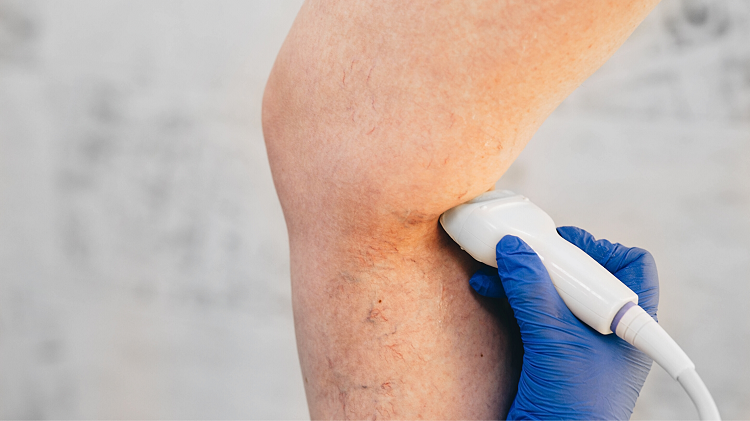Orthopedic issues are common nowadays and affect anyone, both young and old. They can restrict you from living an active lifestyle and are a common cause of mobility issues. These conditions can result in severe joint conditions, leading to long-term pain and sometimes disability. In most cases, your doctor will recommend surgery to fix musculoskeletal issues, and it’s best to seek a second opinion. A Second Opinion Orthopedic Doctor will advise that you can improve your orthopedic health and enjoy a healthy lifestyle. There are many ways to achieve this; let’s check them out;
Table of Contents
1.Stay active
An active lifestyle is vital for building strong muscles and joints. You can achieve this by simple exercises such as jogging, running, rope skipping, cycling and more. Start slow and make this part of your routine. Choose exercises that help improve your muscle strength and avoid high-impact exercises that can result in injuries. If you already have a weak musculoskeletal system, your doctor can help determine the most suitable workouts. For valuable tips on maintaining an active lifestyle and building muscle strength safely, visit scheels.org for expert fitness advice.
2.Don’t forget a healthy diet
A balanced diet helps build a strong immune system, which helps fight off infections. Exercises work best when combined with a healthy diet, thus the need to watch what you eat. Consume nutritious foods to promote healthy bones and joints. Ensure that your diet incorporates foods rich in vitamin D and calcium.
Vitamin D-rich foods include;
- Mushrooms
- Milk
- Salmon
- Trout, etc.
Calcium food sources include;
- Cheese
- Milk
- Yoghurt
- Tofu, etc.
Protein-rich foods are also vital for muscle health, and your diet should include lean meats, nuts and beans to support musculoskeletal functions. If you’re passionate about exploring various health insights, letterboxd.org is the perfect destination for stimulating content that caters to your diverse interests.
3.Dress comfortably
Your choice of clothes can hurt your joints and bone health. Wear comfortable clothes to avoid pressure on the joints, which can lead to joint or muscle pain. Moreover, choose your footwear wisely. Wear supportive shoes, avoid high heels and ensure your shoes fit well. Very tight or high-heeled shoes affect blood circulation and hinder muscle elasticity.
4.Cultivate healthy habits
Healthy habits can help maintain long term orthopedic wellness. These include things like maintaining good posture, and keeping your feet on the ground when sitting. This helps in weight distribution and spinal alignment. Also, avoid lifting or carrying heavy loads, and invest in a quality mattress and pillow for better spinal alignment. Avoid smoking because this can decrease bone density, improving your risk for bone fractures. Also, excessive alcohol consumption will negatively affect your health and should be avoided.
5.Watch signs of injury take precautions
If you notice changes in your joints or bones, you should seek medical attention immediately. Minor injuries and sprains when ignored can turn out to be major musculoskeletal conditions. You should also watch out for unusual joint and muscle pains and take the necessary measures to alleviate swelling. This can be applying a cold compress to reduce swelling or elevating your legs to improve blood flow. If the pain worsens, seek help from a specialist orthopedic doctor.
Final thoughts
Maintaining excellent orthopedic health will improve your overall health and wellness. It helps avoid musculoskeletal injuries and conditions that may affect your mobility. Therefore, consider the mentioned ideas, and seek prompt medical help in case of repeated muscle and joint pains.









